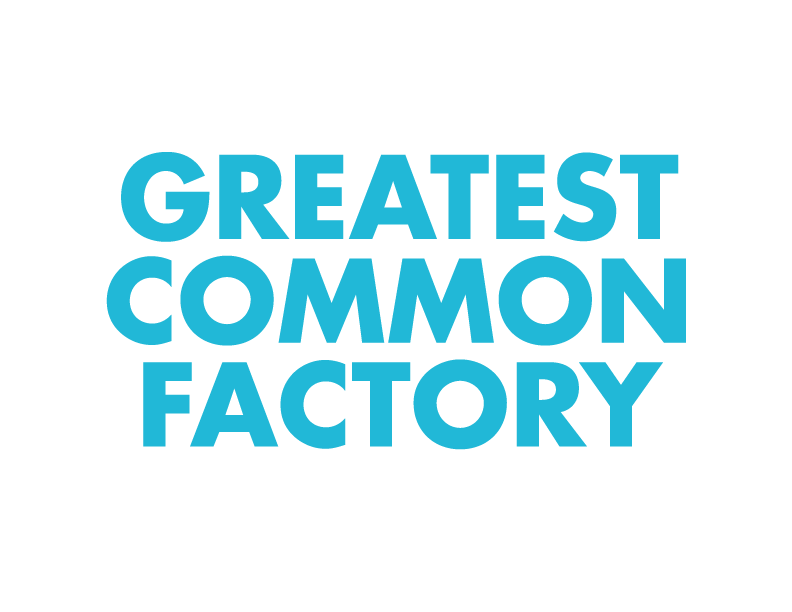Who Are You, And Why Do I Care?
A recent Gfk study finds most consumers can’t connect brands with higher purpose. Brands don’t stand for something like they used to. Call it Brand Personality Disorder, an expensive problem that will bankrupt marketing unless we interrupt it.
According to the study, simply tacking an ancillary purpose onto a brand clearly doesn’t stick. So what can brands do to have more importance in the consumer’s mind?
Go back to the basis of marketing itself.
Brand identity is who we are, not how we look. Graphic standards -- a logo, six colors, and a font -- don’t make a brand. A human value that connects people beyond the organic customers you’ve acquired through CRM does. The CMO’s real job is to reorient the enterprise from a soulful place. That means conceiving and nurturing a worldview for the brand, with an opinion on the brand’s role beyond the functional concerns of unit price and marketplace.
Build everything from the “who.” Who is a galvanizing identity that turns everyone connected with a brand into an articulate advocate. It is what creates the shorthand for the brand that can live on indefinitely in the consumer’s consideration set. The CMO needs to own who and be empowered to push it throughout the operation.
Start with why someone would care. Real power comes from what we exude, not what we measure. Performance marketing is good at measuring and optimizing transaction triggers for what without fully accounting for why. Before you A-B test, make sure A is worth caring about -- something the brand stands for that really moves people.
Put the Ws together. Why, what, and where get separated in the marketing organization. It’s time to put them all together under who -- so creators think, work, and get rewarded as one. Apple is design. Birkenstock is iconoclasm. Meanwhile, some former high-flier, VC/DTC brands are shrinking because perhaps their who wasn’t true beyond a 10x exit strategy. Many other legacy brands surely knew who they were at some point but seem to have forgotten as they scaled up.
Stake out an ownable POV on your world. Who is talking? What does the brand believe in besides itself? Why is the brand motivated to produce what it produces? Where does the benefit of that why intersect with people’s lives?
Take it upstream into product development. Marketing resonates most when the product or service embodies the brand personality. Bake the who into what you make. Then you won’t feel compelled to compare yourself to others -- or worse, hand your identity off to a celebrity.
This GCF-authored editorial originally appeared in MediaPost.
